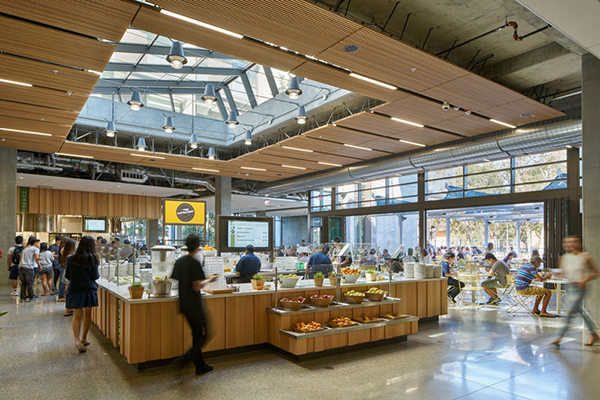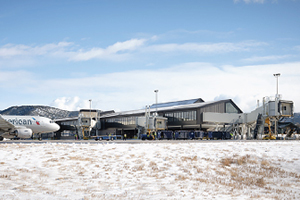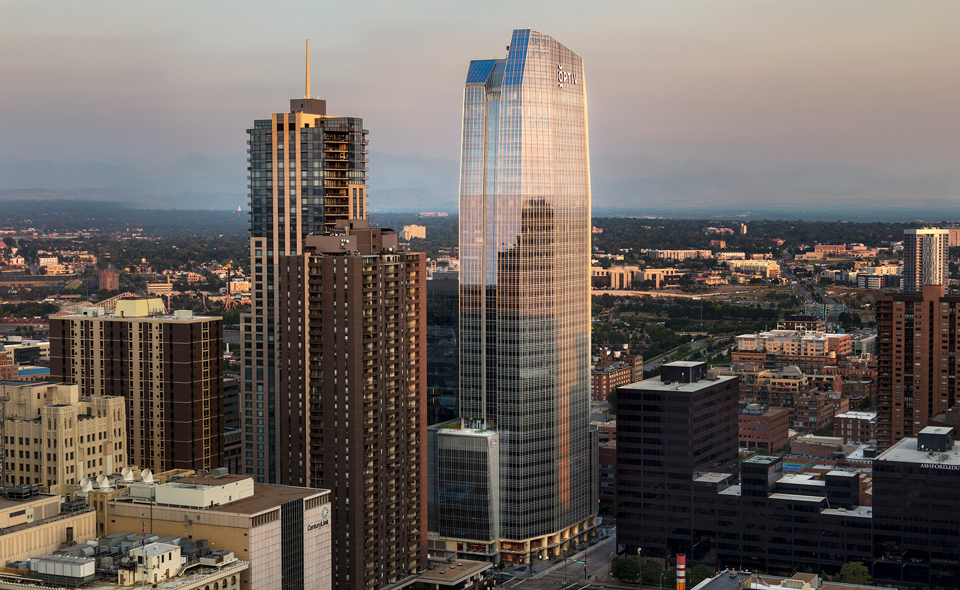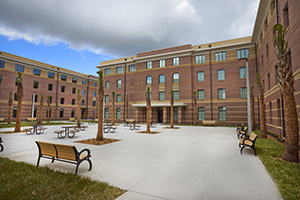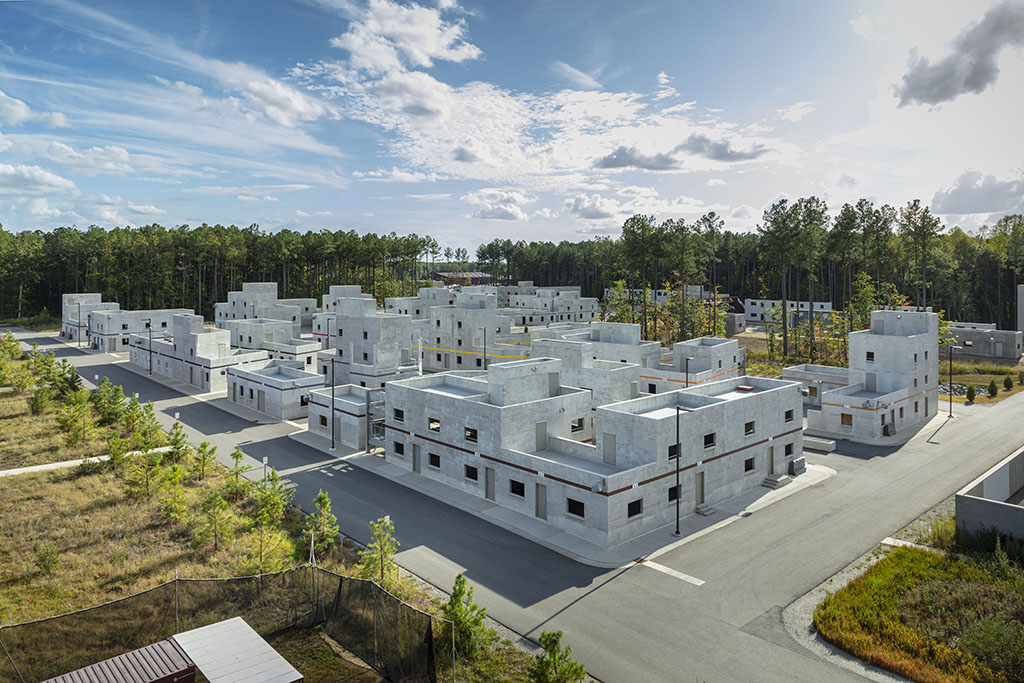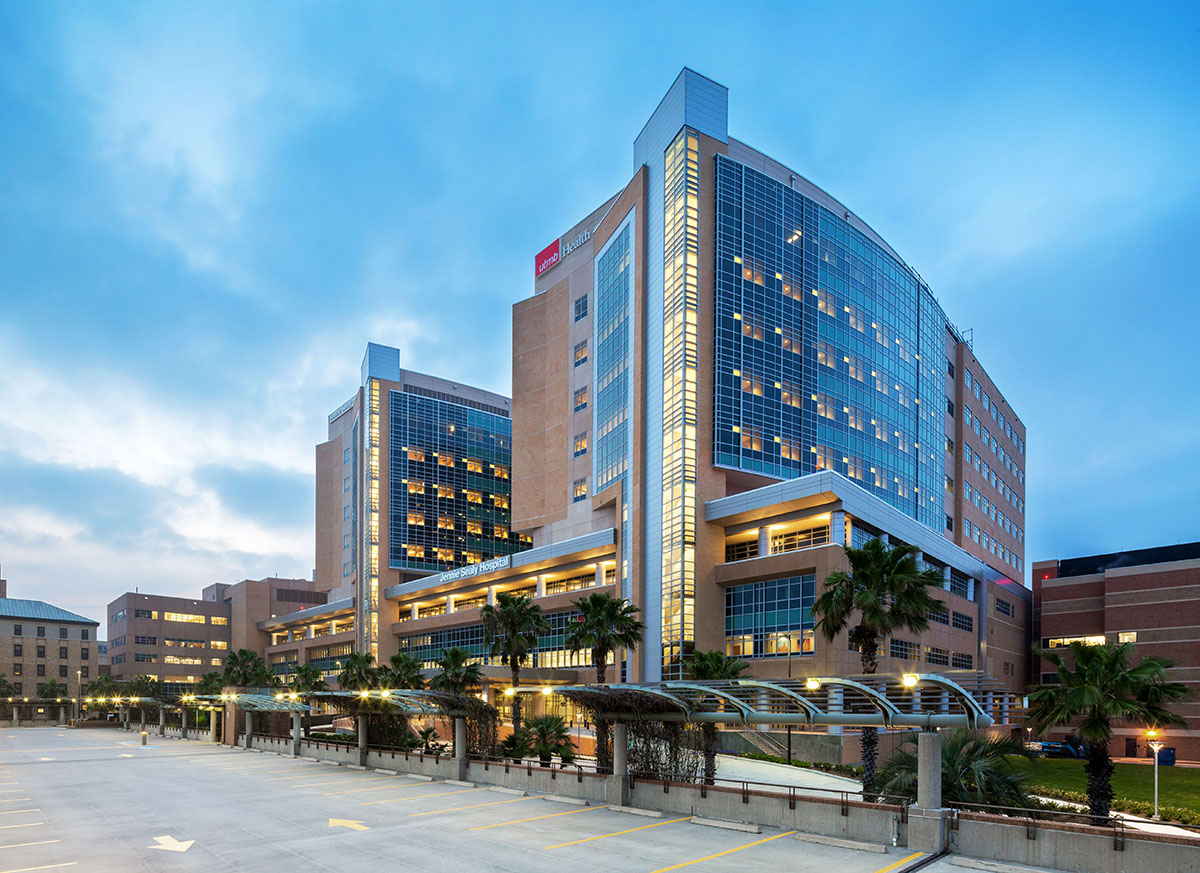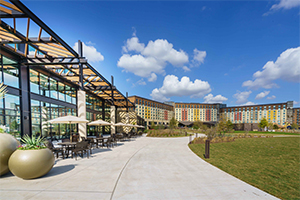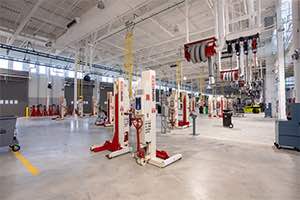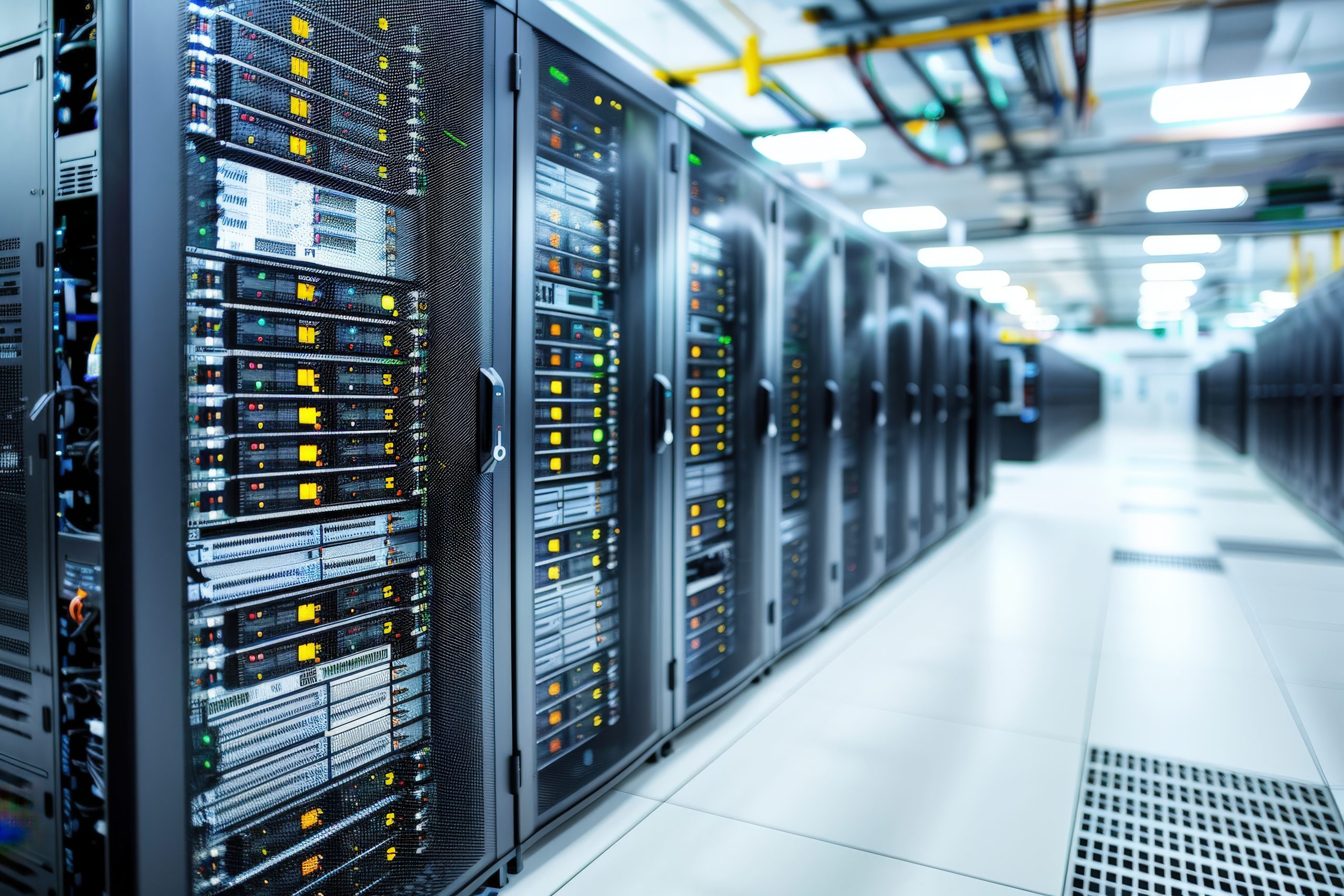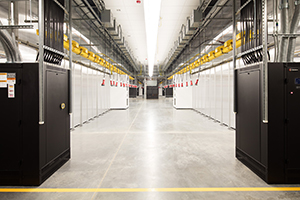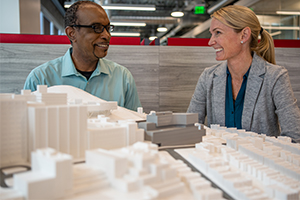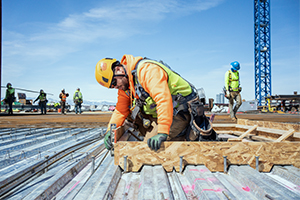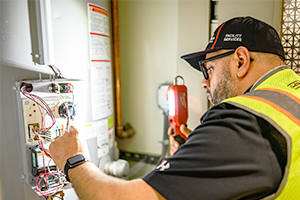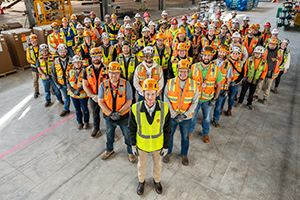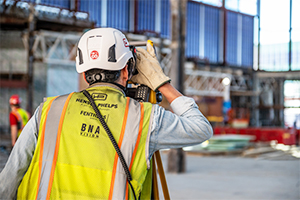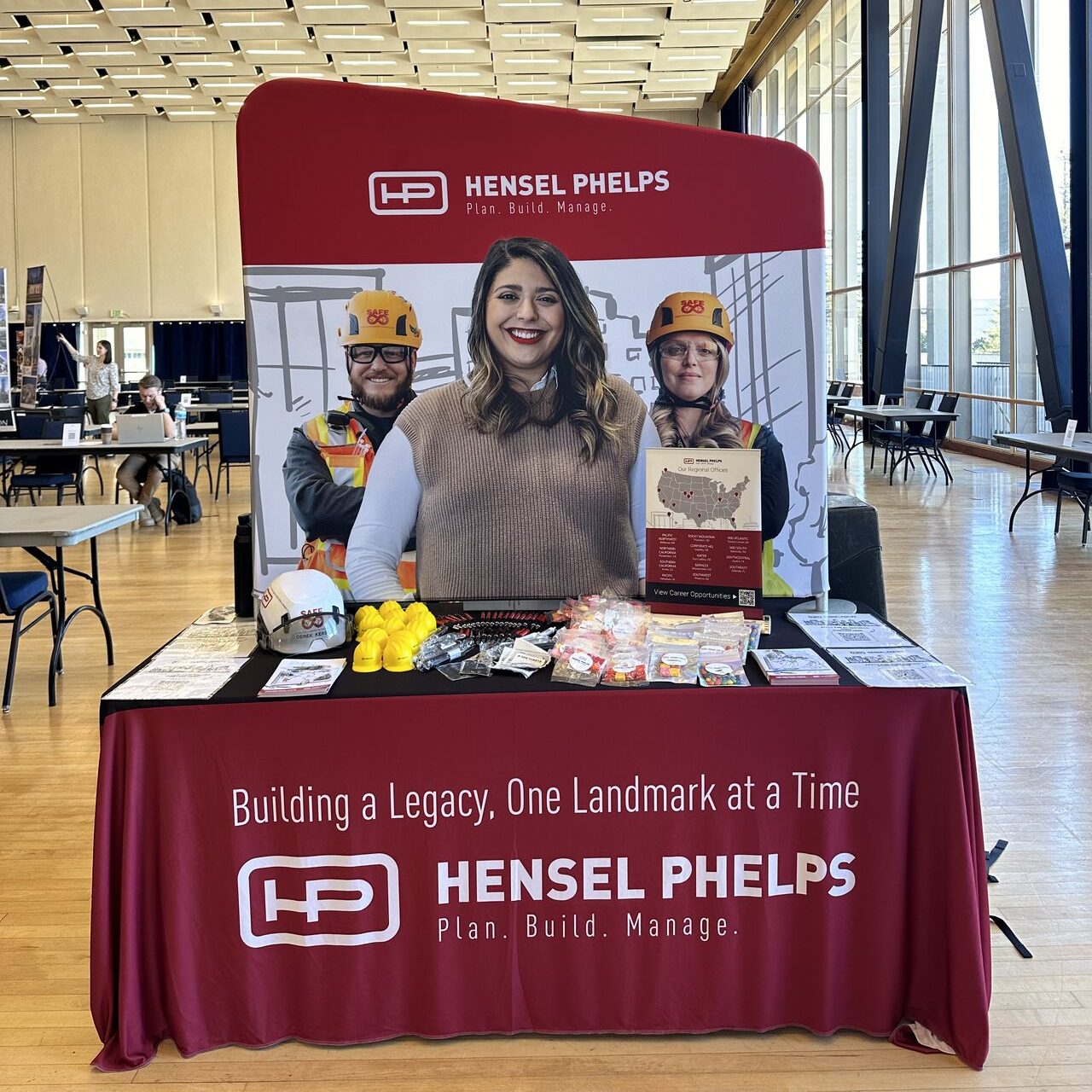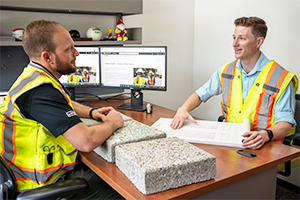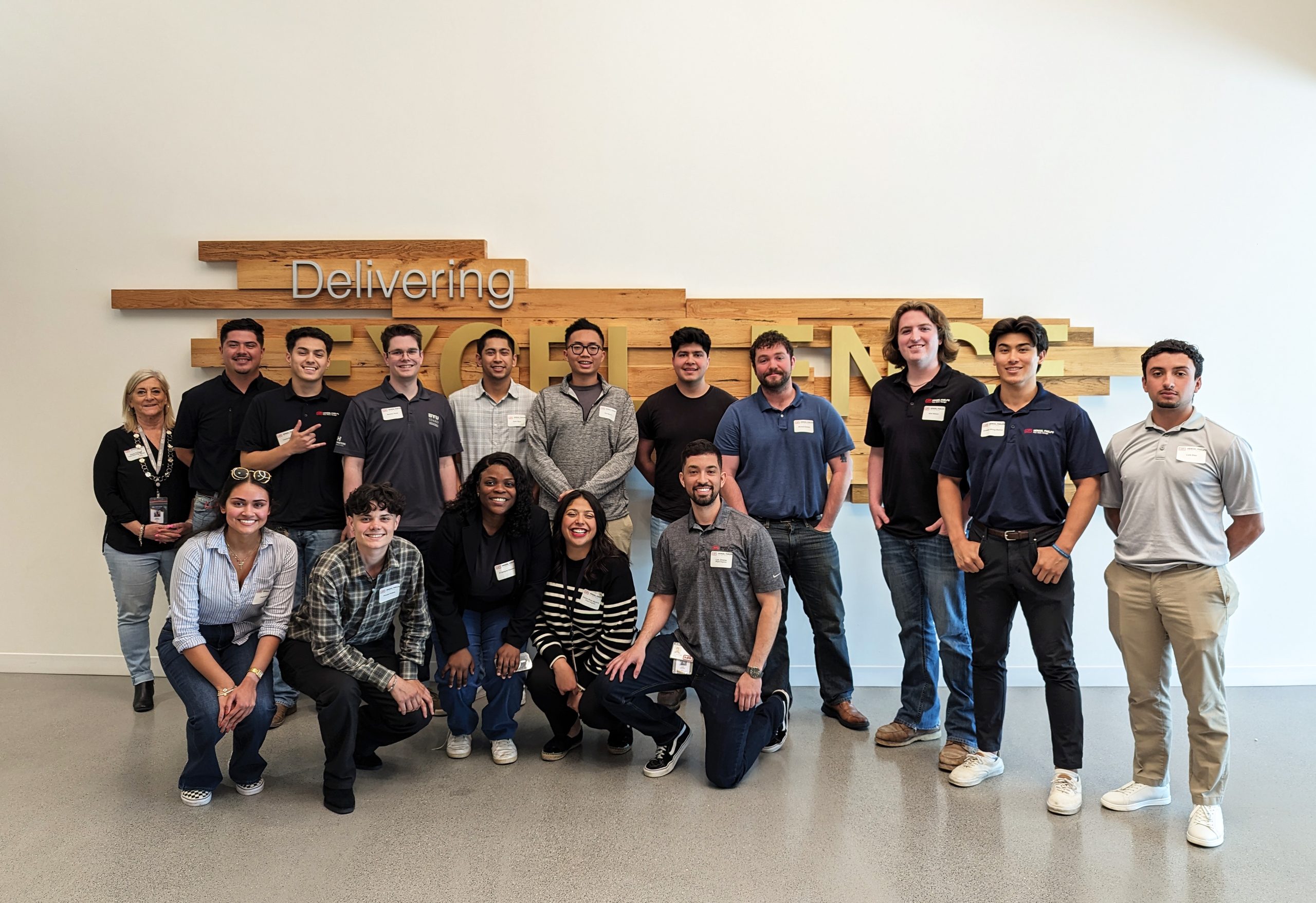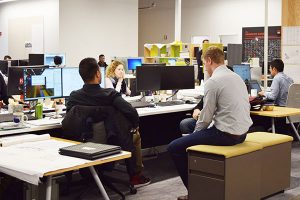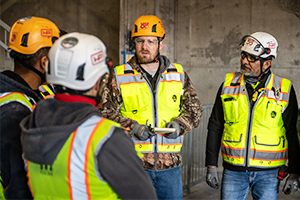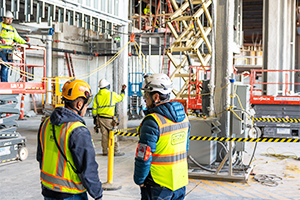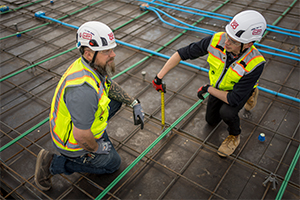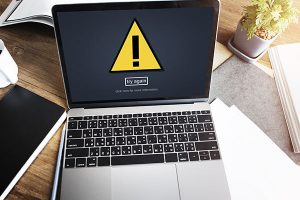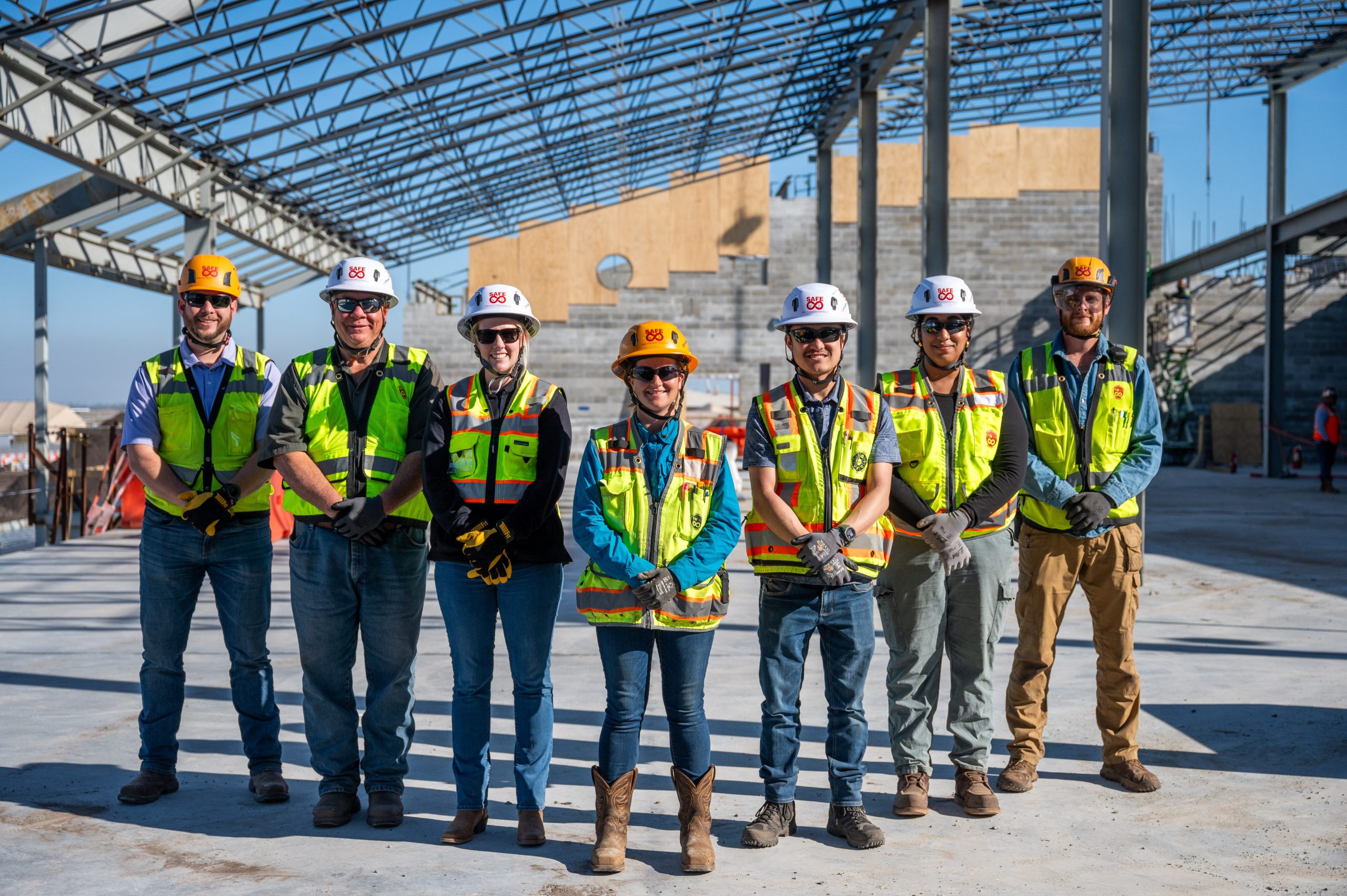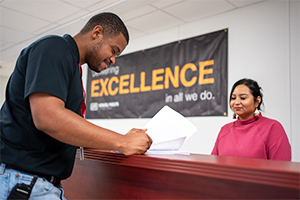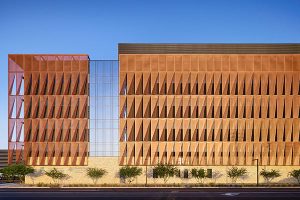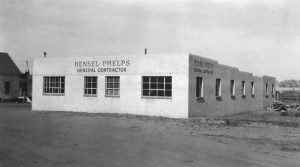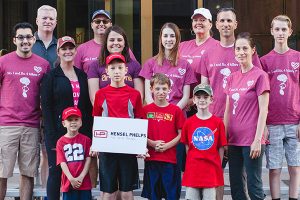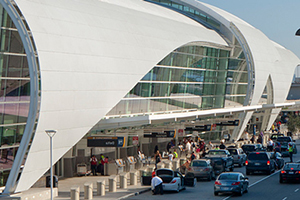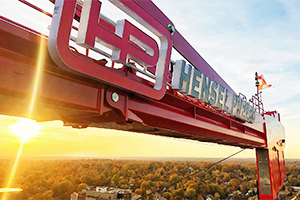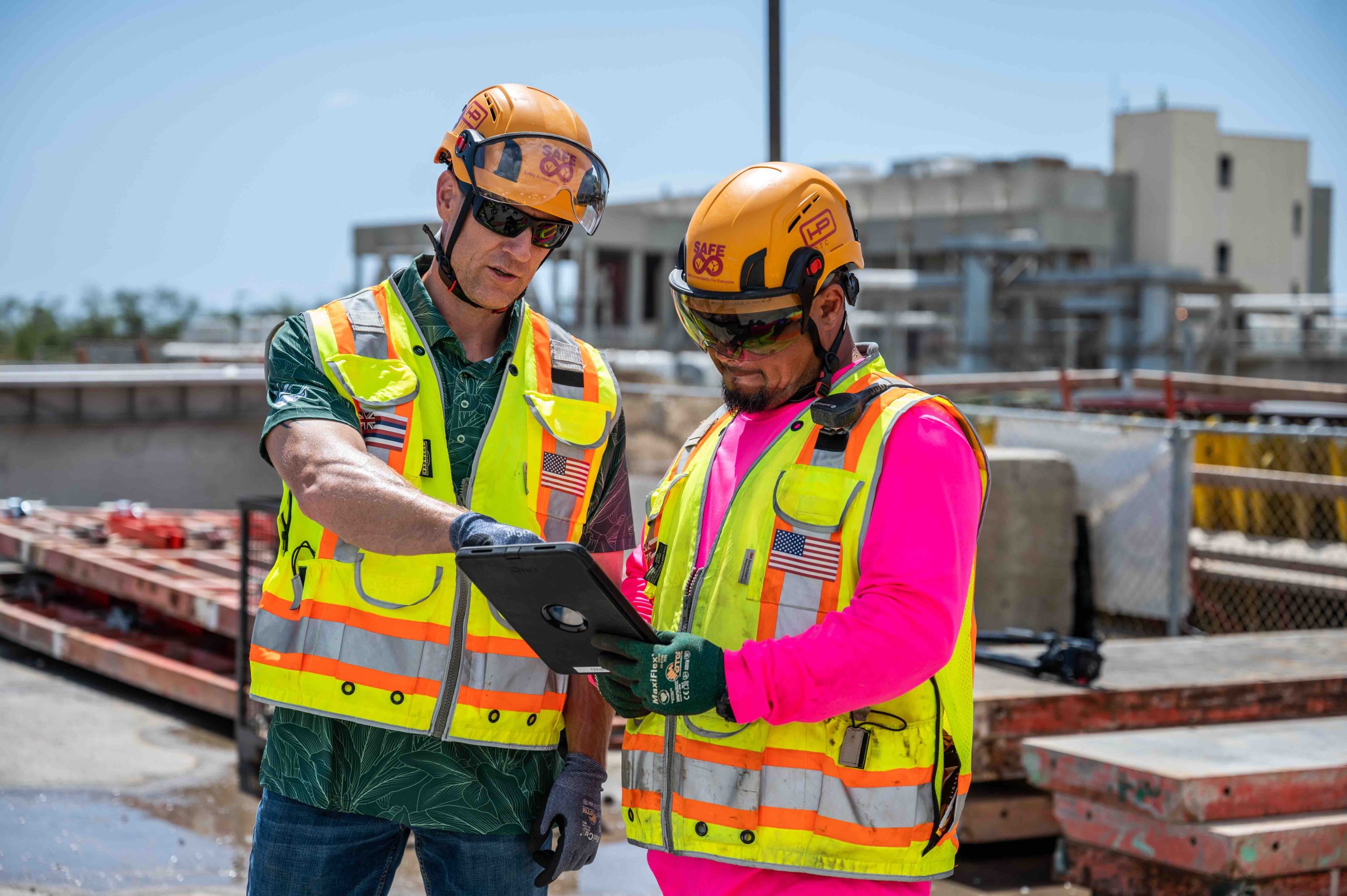
As artificial intelligence (AI) rapidly evolves, the construction industry is devising ways to use AI on the jobsite to improve safety, efficiency and accuracy. From the design to the construction of a building, AI can assist project teams throughout the process.
In the Hensel Phelps Virtual Design and Construction (VDC) department, AI is used in a few different ways to make their processes more efficient. The department specifically uses a program called Construct.N that allows for extensive surveying of the project site using AI technologies.
“We’re able to walk the site with a 360-degree camera and can track the progress of construction. As we’re walking the site, we’re able to record the current state of construction. With that, we can go ahead and automate the progress and tie that in with the schedule,” said Angelo Lago, Director of Virtual Design and Construction for Hensel Phelps.
Along with streamlining building information and scheduling, the program also conducts deviation detection, where the team can compare the model they created with what was installed. Based on the information gathered, teams can then report that information to the individuals actively working on the jobsite. The use of this program helps teams understand how things are going in the field and provides an efficient way to determine deviations from the original model.
In the future, AI might also have the capability to speed up the MEPF (mechanical, electrical, plumbing and fire protection) routing process. Currently, the VDC team brings trade partners together who have created their own 3D models and compares–or clashes–them with the architectural model. This process is called clash detection and can be very time-consuming. Lago sees a future where this process could be faster and more efficient.
“With AI, where I think it’s heading in the future is automating a lot of that routing. It’s going to find the best possible route so that we have the best possible design,” said Lago.
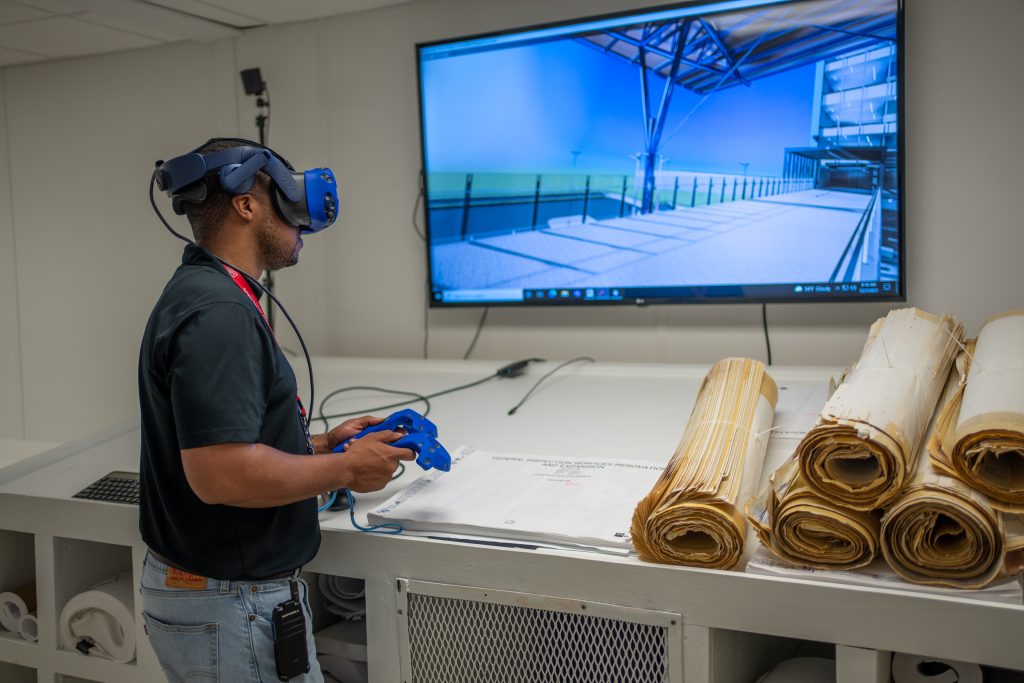
While AI can help with efficiency in the construction process, it can also be extremely beneficial for safety on the jobsite. Hensel Phelps Corporate Director of Safety Jerry Shupe is optimistic about AI’s capabilities to recognize unsafe circumstances on the jobsite while assisting project teams in preventing accidents and injuries.
“Right now, we’re seeing it on jobsites around the country where AI is being deployed to film jobsites and identify potential unsafe actions,” said Shupe. “It’s sending alerts to people out on the jobsite so we can actually see what’s going on in the project and take action to rectify the problems.”
AI also has the ability to process vast amounts of data about a jobsite regarding safety in a faster and more efficient way than humans can. While project teams are capable of recognizing potential hazards on their own, AI can assist in rapidly processing the information and providing effective solutions.
“If we receive indicators saying that conditions are right for an accident, we are able to be proactive and take additional steps on the jobsite to prevent those accidents.” said Shupe. “AI would allow us to get ahead of accidents by seeing things that a normal person wouldn’t be able to see just by looking at all that data.”
Although AI has immense capabilities that can benefit project teams, Shupe recognizes that the idea of AI surveilling a jobsite can be unsettling to some workers.
“I think it’s really important for us to keep in mind that we need to keep safety personal. We need to make sure we’re having conversations with people, so they understand that we really do care about them and we’re not just utilizing technology to keep our workplace safe.”
Lago has the same perspective in the VDC department and doesn’t want people to feel like they could be replaced by this technology.
“We need to focus on being builders first. A computer is not going to be more valuable than our people. Our people are our biggest asset, so it’s important for them to continue to feel valued,” said Lago.
Looking to the future, Thai Nguyen, Hensel Phelps Director of Innovation, is excited about AI’s capabilities but also stresses the importance of human involvement.
“AI will create a lot of efficiencies in what we do–things that are mundane, redundant–things that don’t provide a lot of value,” said Nguyen. “The reality is AI isn’t going to replace the human. You still need humans to make those decisions based on the best information they can get. That’s what AI is giving us today is those insights and giving us better information, allowing our people to make those decisions in the field faster and better.”
On the Innovation side, generative AI technologies are continuing to evolve and be implemented on jobsites. Nguyen sees a bright future involving AI in many aspects of construction but is particularly interested in how robotics can be paired with AI to create a more efficient and happier project team.
“At some point, you can have a robotic dog on a jobsite that can not only perform a task at night, giving humans a better quality of life, but then the AI and the machine are able to do things that are more predictive.” Said Nguyen. With generative AI, it is always learning and improving so as an AI-powered robot continues to learn, it can build upon its capabilities and predict what information project teams need to be successful.
The future of AI in the construction industry is promising, with significant development in the VDC, Safety and Innovation sectors. AI continues to advance the industry by providing efficient solutions and proactive information that contribute to a safe, successful jobsite.


